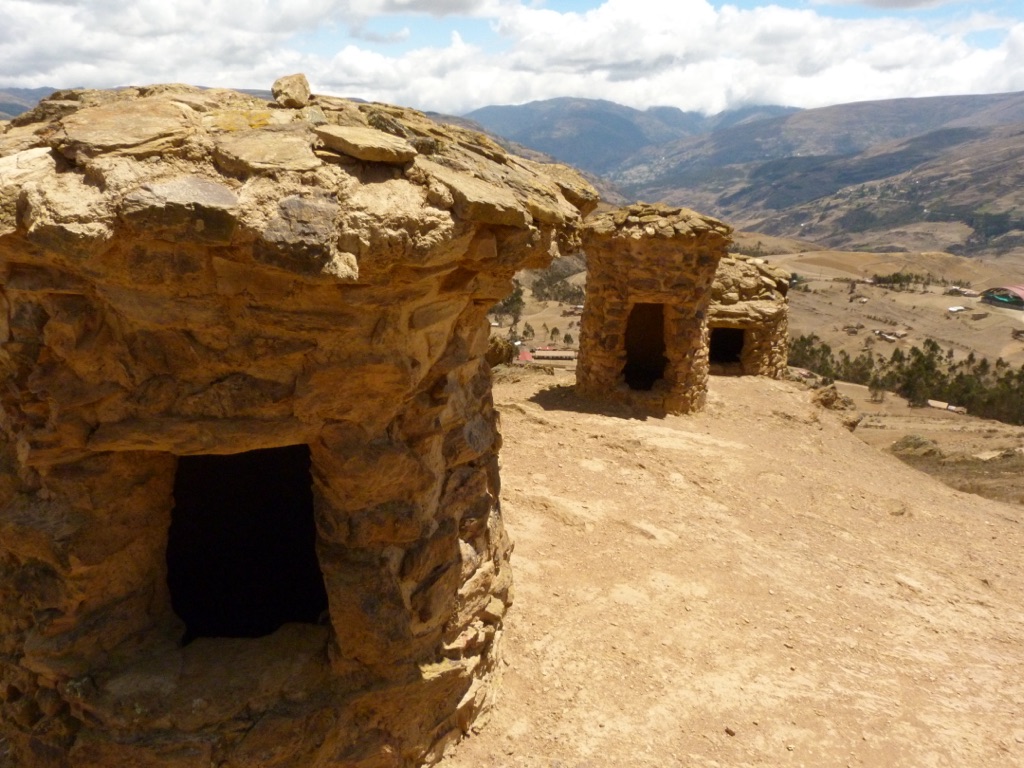Iskanwaya, located in the La Paz Department of Bolivia, is an archaeological site atop a hill overlooking the Rio Muñecas valley. Dating to around 1500 AD, this ancient city is a key site of the Lupaqa culture near Lake Titicaca, with a comprehensive urban layout comprising residential domains, public zones, and ceremonial sectors.
Lupaca People
The Lupaca people were an indigenous group that thrived in the Andean highlands, particularly around the Lake Titicaca basin, in what is today southeastern Peru and northern Bolivia. Their civilization’s timeline extends prominently into the pre-Columbian era, with their influence peaking in the Late Intermediate Period, around AD 1000 to 1450. The Lupacas were known for their sophisticated agricultural practices, which allowed them to thrive in the harsh Andean environment, and their strategic prowess in both diplomacy and warfare.
One of the major moments in Lupaca history was their eventual conquest by the expanding Inca Empire in the 15th century, around the 1460s. Despite their resistance, the Lupacas were incorporated into the Inca Empire, with their leaders often retaining some level of autonomy under the Inca’s mitmaqkuna system, which relocated groups to foster loyalty and integrate conquered peoples. This period marked a significant transition in Lupaca society, as they adapted to the broader cultural and administrative systems of the Incas.
Religion played a central role in Lupaca society, with a strong emphasis on ancestor worship and the veneration of natural elements, which was common among Andean cultures. They worshipped a pantheon of gods, with a particular reverence for the sun god, Inti, and Pachamama, the earth mother. The integration into the Inca Empire saw the introduction of Inti to their pantheon, reflecting the syncretism between Lupaca beliefs and those of their conquerors.
Social and daily life among the Lupacas was characterized by a strong sense of community and mutual aid, known as “ayni.” This principle governed not only agricultural activities but also the construction of homes and communal structures. The Lupacas were skilled weavers, potters, and metalworkers, with their textiles and ceramics being highly valued. Their economy was based on the vertical archipelago model, which involved accessing a variety of ecological zones for different crops and resources, a testament to their adaptability.
The Lupacas were ruled by a curaca, a local leader or chieftain, who wielded significant power and influence. These leaders were responsible for the administration of their territories, the welfare of their people, and the coordination of their military efforts. While specific names of Lupaca rulers prior to the Inca conquest are not well-documented, their leadership structure was integral to their society’s resilience and capacity to negotiate with more powerful neighbors like the Incas.
The Lupacas’ strategic location by Lake Titicaca also made them key players in regional trade networks, facilitating the exchange of goods such as textiles, metals, and crops with other Andean cultures. This economic interdependence contributed to a complex web of alliances and rivalries, which often resulted in conflicts. However, detailed records of specific wars and battles involving the Lupacas, prior to the Inca conquest, are scarce.
Following the Spanish conquest of the Inca Empire in the 16th century, the Lupacas underwent significant changes. They were among the groups that faced the brunt of Spanish colonial policies, including forced labor and the imposition of Christianity. Despite these challenges, the Lupacas managed to retain aspects of their identity and practices, which can still be seen in the cultural expressions of their descendants today.
In conclusion, the Lupacas were a dynamic and influential group within the Andean region, known for their agricultural innovations, craftsmanship, and resilience in the face of external pressures. Their legacy, though overshadowed by the narratives of the Inca and Spanish conquests, remains a testament to the rich tapestry of pre-Columbian civilizations in South America.

Ninamarca (Chullpas of Ninamarca)
Ninamarca, also known as the Chullpas of Ninamarca, is a pre-Columbian archaeological site located in Peru. It consists of a collection of funerary towers, known as chullpas, which are significant remnants of the pre-Inca Lupaca culture. These towers, perched on a hill overlooking the Pucará Valley, are a testament to the complex funerary practices and social structures of the ancient Andean civilizations. The site offers a glimpse into the Lupaca people’s architectural skills and their beliefs surrounding death and the afterlife.

